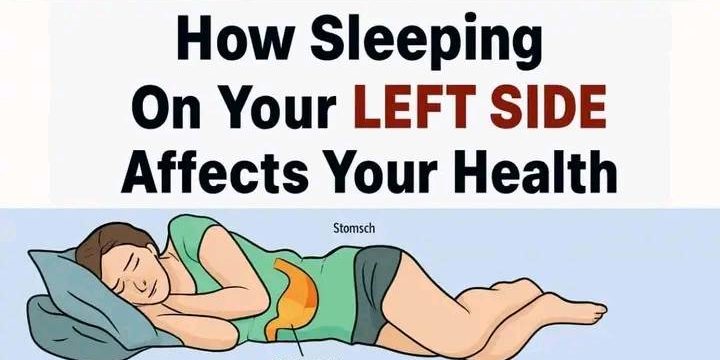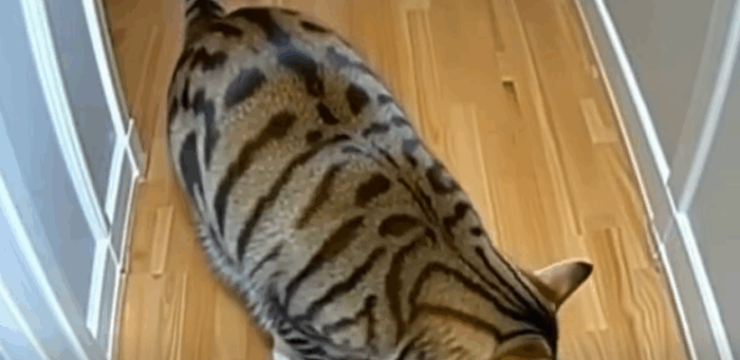Imagine watching a nighttime soccer game as a child when suddenly, a player collapses and dies. That’s exactly what happened to Emiliana Rodríguez, who was born in Bolivia. The cause? A silent killer called Chagas disease. This “monster,” as Emiliana describes it, comes out at night, carried by bugs known for their deceptive “kiss.”

What Is Chagas Disease?
Chagas disease is caused by a parasite called Trypanosoma cruzi, which is spread by blood-sucking insects known as triatomine bugs, often called “kissing bugs” or “vampire bugs.” These bugs live mostly in the walls of rural or suburban homes, especially those in low-income areas. They’re active at night, biting people while they sleep and then defecating on their skin. When the victim scratches the bite, the parasite can enter the body through broken skin or even by spreading into the eyes or mouth.
The Silent Threat
The disease affects around 6 to 7 million people globally, with Latin America being the hardest hit. In fact, Chagas kills more people annually in Latin America than any other parasitic disease, including malaria. The disease can progress for years without symptoms, silently attacking the heart and digestive system, ultimately leading to life-threatening complications if left untreated.
Emiliana’s Story: Facing the Monster
For Emiliana, the fear of Chagas started early. After witnessing her friend’s sudden death, she was terrified of the “monster.” Even when she moved to Barcelona, the fear followed her. Years later, during her first pregnancy, Emiliana was diagnosed as a carrier of Chagas. “I was paralyzed with shock, remembering all the stories about sudden deaths,” she recalls. Fortunately, Emiliana received treatment to prevent the parasite from being passed to her unborn daughter, and her baby tested negative after birth.
A Hidden Disease: The Case of Idalia
In Mexico, Elvira Hernández’s daughter Idalia learned about Chagas during a blood donation. Diagnosed at 18, Idalia had never heard of the disease before. The lack of awareness was not limited to her—many people are unaware of Chagas, and even medical professionals may not know much about diagnosing or treating it. “I was scared because I thought my daughter was going to die,” Elvira said. With help from a family member who worked in healthcare, Idalia finally received the treatment she needed.
Global Awareness and Treatment
Despite its widespread presence, Chagas remains largely neglected by the global health policy agenda. This is partly because those most affected often lack the political power to influence healthcare priorities. The World Health Organization (WHO) has recognized Chagas as a neglected tropical disease, one that needs more attention.
There are two drugs currently used to treat Chagas, benznidazole and nifurtimox, but both have significant side effects and limited effectiveness in adults. For children, the treatment can be more successful, but it’s crucial to catch the disease early. Many people, like Emiliana, experience harsh side effects during treatment, such as hives, nausea, and dizziness.
Professor David Moore, a consultant at the Hospital for Tropical Diseases in London, explains that progress in eliminating Chagas has been slow. He doubts the goal of eliminating the disease by 2030 will be achieved without significant changes.
What Can You Do?
If you think you’ve come across a kissing bug, don’t crush it. Instead, place it in a container filled with rubbing alcohol or freeze it. Then, take it to your local health department for identification. To reduce your risk, the Centers for Disease Control and Prevention (CDC) recommend sealing cracks around your home, keeping pets indoors at night, and using screens on windows and doors.
Emiliana, now living in Spain, works with the Barcelona Institute for Global Health to raise awareness about Chagas. She wants more people to get tested and treated. The WHO has established April 14 as World Chagas Disease Day to bring global attention to this neglected illness.
Awareness Is Key
Chagas disease is a serious yet often overlooked health threat. Many people live for years without knowing they’re infected, and by the time symptoms appear, it may be too late. Early detection, treatment, and raising awareness are crucial in the fight against this silent nighttime killer. It’s time we all knew about Chagas and did our part to spread awareness.





